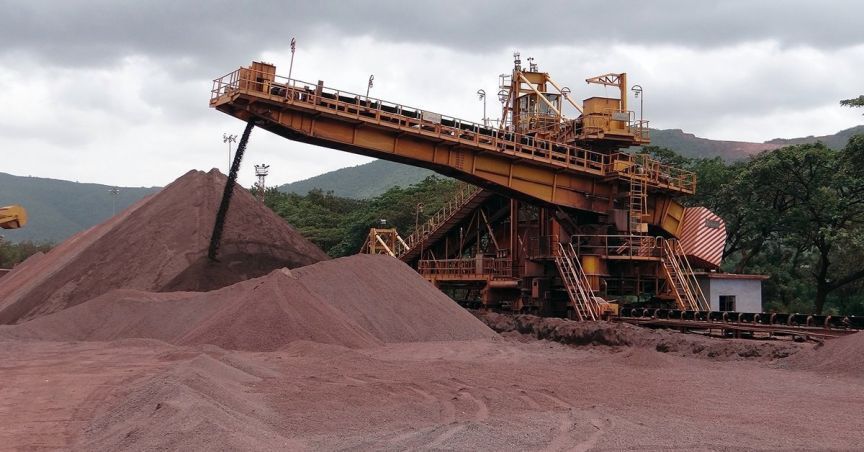Iron ore prices surged amid supply concerns after Vale halted production at its Brucutu mine which is expected to create a production loss of 30Mt annually. However, the prices took a correction amid Chinese environmental concerns over the production of steel. The iron ore fines 62% Fe CFR futures marked a high of US$92.29 on 6th February 2019 over the supply concerns but corrected to US$86.99 on 20 February 2019 owing to Chinaâs increased stance over environmental concerns.Â
The worldâs steel demand also looks steady, which as per World Steel Association Short-Range Outlook is expected to grow globally by 1.4% from 1657.9Mt in 2018 to 1681.2Mt in 2019, which in turn provides support to the iron ore prices as it is a primary raw material along with coking coal to produce steel. The betterment in the global economic outlook is also supporting the steel demand and in turn supporting the iron ore prices.
However, tight credit conditions in China and its stance to cut pollution level marked a less import of iron ore, despite the supply concern created by the ban on the Vale, which exerted pressure on iron ore prices. However, the Brazilian regulators going after Vale has raised concern over supply disruption not only from Vale operated mine but also those of other miners, which is offsetting the presence of weaker demand of the commodity in the steel industry.
The Iron ore 62% CFR future rose from the level of $76.03 on 30th January 2019 to $92.29 on 6th February 2019. Currently, the price of the future is hovering around $87.94 (as at 2:30 PM AEST, 26th February 2019), which marks a year change of 14.04% on the upside.
The commodity is facing the absence of any significant producer of the iron ore, which can fill the supply gap caused by the Vale operations. The major Australian iron ore producers like BHP and Fortescue have also indicated, time and again, their capacity constraints of raising their exports. If the China steel industry decides to replenish the stock, the shortfall in the supply side will provide it a significant impetus, and the prices may surge in the presence of any such event.
As per the Customs data released on 23rd February 2019, China exported steel scrap declined by 98% as compared to the previous year. The scrap export stood at 14.4 million tonnes in January 2019, which marked a significant decline in the scrap products. China exported 3.62 million tonnes of flat steel products, which marked a rise of 40% on a year-on-year basis. The rise in exports represents the steel demand in the global economy and in turn is supporting the iron ore prices.
To further gauge the direction of the prices, market participants are eyeing on the development of ongoing US-China trade talks, which has an impact on global economic conditions. Apart from that investors are also keeping a hawk eye on the china stance to curb the pollution in accordance with the Euro 6 emission standards.
Disclaimer
This website is a service of Kalkine Media Pty. Ltd. A.C.N. 629 651 672. The website has been prepared for informational purposes only and is not intended to be used as a complete source of information on any particular company. Kalkine Media does not in any way endorse or recommend individuals, products or services that may be discussed on this site. Our publications are NOT a solicitation or recommendation to buy, sell or hold. We are neither licensed nor qualified to provide investment advice.



